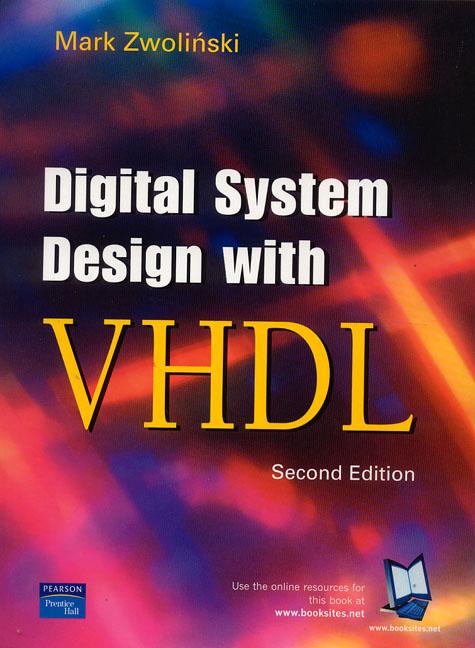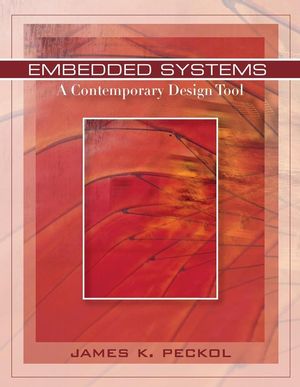
Embedded System Design
Spring 2008
|
|

|
|
| CSEE 4840 Embedded System Design Spring 2008 |
||
Class meets Tuesdays and Thursdays, 11:00 AM - 12:15 PM in Room 415 Schapiro (CEPSR).
Mudd 1235 is the lab, which is filled with Linux workstations and FPGA boards. Registered students will receive accounts on these machines and 24-hour badge access to this room.
Do the lab by yourself. Project groups should be three students or more.
| Name | Office hours | Location | |
|---|---|---|---|
| Prof. Stephen A. Edwards | sedwards@cs.columbia.edu | 4-5 T, W | 1235 Mudd |
| David Lariviere | dal2103@columbia.edu | TBA | 1235 Mudd |
Prerequisites: ELEN E3910 or COMS W3843 or the equivalent. Embedded system architecture and programming. I/O, analog and digital interfacing, and peripherals. Weekly laboratory sessions and term project on design of a microprocessor-based embedded system including at least one custom peripheral. Knowledge of C programming and digital logic required. Lab required.
The goal of this class is to introduce you to issues in hardware/software interfacing, practical microprocessor-based system design issues such as bus protocols and device drivers, and practical digital hardware design using modern logic synthesis tools. You will put all of this to use in the lab where you will be given the opportunity to implement, using a combination of C and the VHDL hardware description langauge, a small embedded system.
This is a lab course done in two parts. During the first part of the class, each student will implement the same ``canned'' designs designed by the instructor and be given substantial guidance. These are meant as an opportunity for you to learn the development tools and basic concepts. In the second part of the class, you will divide up into teams and each will design and implement a comparable project of their own with guidance from the instructor and TAs.
This course is designed to take over the role ELEN 3940 once played in the EE and Computer Engineering curriculum, i.e., as a capstone class in which students will integrate their knowledge of digital logic, programming, and system design to produce a real system. It is intended to complement ELEN 4340, Computer Hardware Design. 4840 will focus more on system-design issues and include a large section on hardware/software integration. Students in 4840 will use processors and peripherals as building blocks. By contrast, students in 4340 have logic gates as building blocks.
Possible projects include:
ELEN E3910 or COMS W3843 or the equivalent. You must understand digital logic design and C programming. Prior experience with hardware description languages, FPGAs, or embedded processors is not required.
You are strongly encouraged to take COMS W4823, Advanced Digital Logic Design. In it, you will learn logic design and VHDL coding, both of which are crucial to success in 4840.
|
Mark Zwolinski. |

|
|
James K. Peckol. |

|
You'll perform a design-it-yourself project in the second half of the class. There are five deliverables for the project:
Project groups should be three students or more.
This is a critical part of the project and will be a substantial fraction of the grade.
Include the following sections:
Include all of this in a single .pdf file (don't print it out) and email it to me on the due date.
Also create a .tar.gz file (see the online documentation for the `tar' program to see how to create such a file. Briefly, create a file called `myfile' with the names of all the files you want to include in the archive and run tar zcf project.tar.gz `cat myfiles` to create the archive.) that just includes the files necessary to build your project, such as I did for the labs. Also email this to me by the due date.
|
AES:
128-bit AES decryption for video
(DL)
Shrivathsa Bhargav Ravichandran Larry Nai Ning Chen Abhinandan Majumdar Shiva Ramudit |
|
Pelmanism:
Interactive picture-based memory game
(SE)
Proposal Can Ilhan Chintan Shah Sungjun Kim Zenan Li |
|
mindTunes:
Digital Voice Recorder/Player
(DL)
Jonathan Chen Po-Han Huang Michael Kempf Yen-Liang Tung Christos Vezyrtzis |
|
WiiMaze:
Triple Labyrinth with the WiiMote
(DL)
Brian Ramos Shaun Salzberg Yezhen Lu |
|
SRTRT:
A Simple, Real Time Ray Tracer
(SE)
Daniel Benamy Keerti Joshi David Smith Minjie Zhang |
|
IPG:
Interactive Pool Game
(SE)
Abdulhamid Ghandour Thomas John Bharadwaj Vellore Jaime Peretzman |
| Grading | 30% Labs |
| 10% Milestone 1 | |
| 15% Milestone 2 | |
| 20% Milestone 3 | |
| 25% Final Report and presentation | |
| Late Policy | Zero credit for anything handed in after it is due without explicit approval of the instructor. |
| Collaboration Policy | Work by yourself on labs. You may consult others, but do not copy files or data. You may collaborate with anybody on the project, but must cite sources if you use code. |